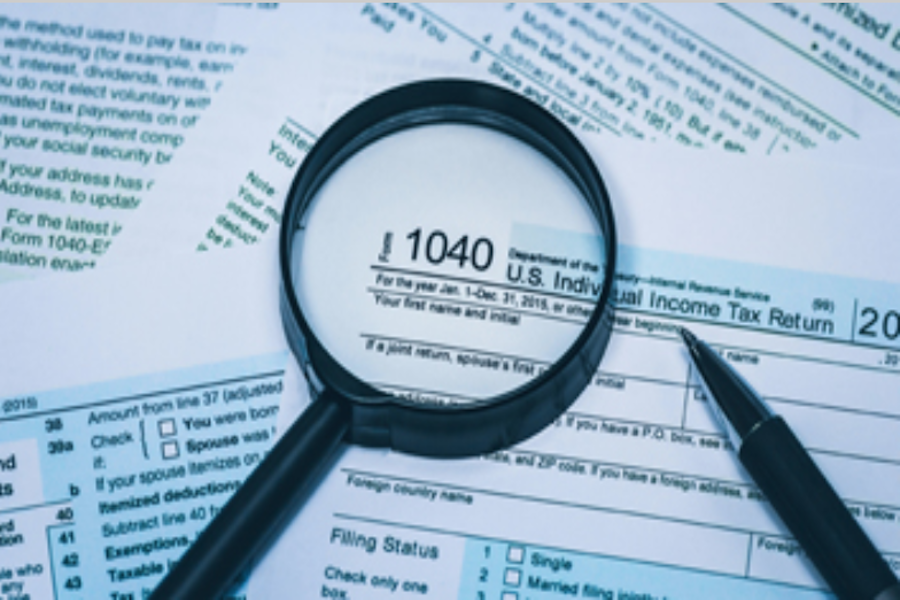May 16, 2018
New tax plan includes benefits private school benefits
The 2017 Tax Cuts and Jobs Act, which takes effect this year after having passed the House and Senate Dec. 20, could make paying for private school easier for families who have a 529 savings plan.
These plans, called “qualified tuition plans,” are a type of savings account run by state or other approved agencies that were created to encourage people to save for college. Money that is put into such an account is invested in mutual funds, and whatever is accumulated through the fund is not subject to tax. Only money that is withdrawn for reasons unrelated to education is subject to tax.
Under the old tax law, 529 plans were only for higher education, but starting this year, they may be used for K-12 education as well.

The maximum withdrawal for elementary or high school studies under the new law is $10,000 per year. A family that put in an initial deposit of $100,000 could save around $1,000 more in taxes each year.
According to the New York Times, high schools around the country will face a choice in how to respond. While some families will be able to pay more for school, families without 529 plans — families who can’t afford to save that much will not experience any benefit from this part of the new tax plan.
Some have said that this provision mainly benefits the wealthy. Six percent of children in families with an income of $50,000 or less attend private school, while 24 percent of children in families with an income of $200,000 or more attend private school, according to citylab.com.
The most common reason for students to attend private school rather than public is religion, with 80 percent of private school students attending a religiously-affiliated school.
Shalhevet Executive Director Sarah Emerson said the school would work with any parents who wanted to pay with a 529 plan, but that the school did not have any specific plans to react to this part of the new tax law.
[su_divider top=”no”]